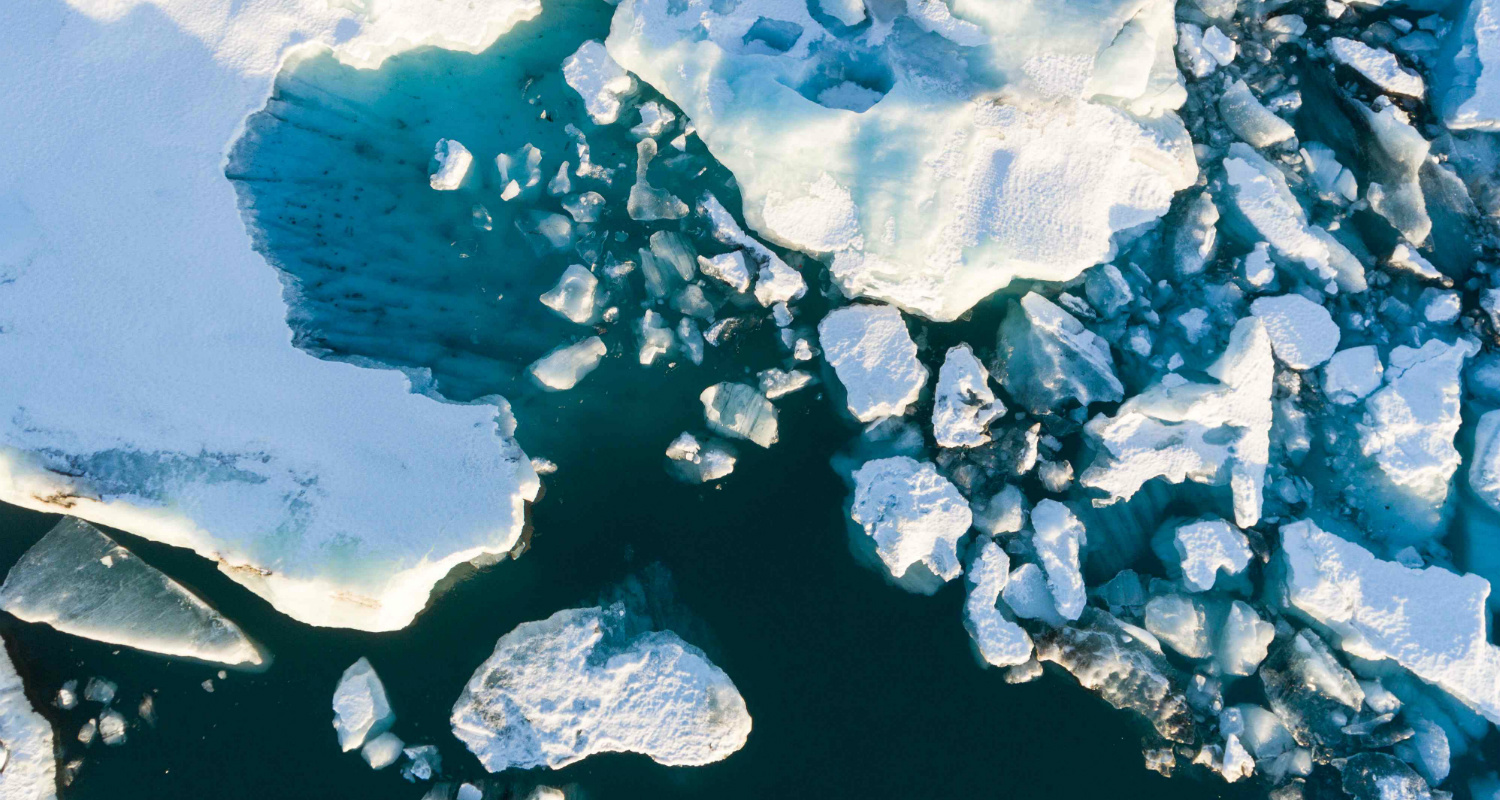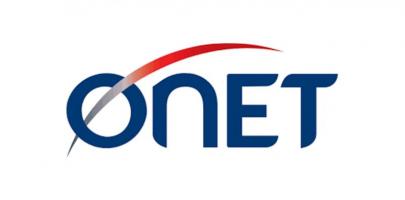Forum sessions
FORUM OPENING
Duration: 90 minutes
Onsite and live-streamed
Organised by IUCN, working in collaboration with the Host Country, the Opening Ceremony set the overall agenda for the Forum and explained the “rules of the game” (coherence between Programme, Events and Exhibits). It featured recognised leaders in the various thematic areas.
HIGH-LEVEL DIALOGUES
Duration: 90 min.
Onsite and livestreamed
The High-Level Dialogues were designed to foster lively debate between high-level participants of diverse professional origins and were moderated by provocative facilitators. The focus of the high-level dialogues was on horizon scanning, in order to discuss emerging issues and innovative solutions to ongoing conservation and development challenges.
The High-level dialogues were framed by a controversial question (ethical, scientific, legal, etc.) which had an impact on conservation and sustainable development in the upcoming decade. These sessions were importantly featured young leaders and professionals from around the world to bring fresh insight to the debates.
Given the high-profile nature of the dialogues, these sessions were live-streamed.
THEMATIC PLENARIES
Duration: 90 minutes
Onsite and live-streamed
The Forum was opened with a number of parallel plenary sessions, which focused on themes closely aligned with the IUCN 2021-2024 Programme. The thematic plenaries framed the discussions around which the thematic stream sessions were developed.
Each plenary hosted 5 to 8 speakers, including a moderator/facilitator, and provided a short segment for Q & A from the floor, managed by online tools.
A CONVERSATION WITH...
Duration: 90 min.
Onsite and live-streamed
"A Conversation With..." brought together a panel of charismatic leaders for intimate, off-the-cuff discussions, around a theme of global significance.
AN INTERVIEW WITH…
Duration: 30 min.
Onsite and live-streamed
“An interview with…” was an informal discussion between a professional interviewer and one or two thought leaders, aimed at providing insights on a variety of topics ranging from development cooperation policy to climate and conservation issues. There was one "interview with" every day during the lunch break on-site. These sessions were accessible by remote connections for those who wished to join virtually.
Forum Closing
Duration: 60 min.
Onsite and live-streamed
The Forum closing aimed to bring the 7 Forum Themes to a close, by providing a brief summary of each theme, after their respective closing plenaries on 7 September.
Other Forum sessions
THEMATIC STREAM SESSIONS
Duration: 90 min.
The Thematic stream sessions were designed based on the 7 major themes of the Congress and aligned with the draft IUCN 2021-2024 Programme. The sessions developed the ideas highlighted in the Thematic plenaries, and engaged with participants, who were expected to share their knowledge and know-how. Thematic Stream Sessions hold in one of two formats: hybrid (onsite and live-streamed) or fully virtual.
CAMPUS SESSIONS
Duration: 2 hours or 4 hours
Campus sessionswere the training and capacity building components of the Congress. Campuses offered:
- a “complete experience” to participants by providing pre- and post e-learning processes to complement on-site experiences during the Congress;
- specialised training for professionals in the fields of journalism, communication for scientists, environmental education, etc.
Campus Sessions were held in one of two formats: fully onsite or fully virtual.
CONSERVATION ACTION CAFÉS
Duration: 2 hours
The virtual Conservation Action Cafés, inspired by the concept of World Cafés, focused on the way forward in implementing the draft IUCN 2021-2024 Programme. The cafés generated new partnerships and/or joint projects to collect pledges for concrete action on the ground. This format enabled different stakeholders to come together and jointly create the momentum that will help them advance in their specific subject area or region/country.
Facilitated by trained moderators, the two-hour virtual Conservation Action Cafés were each dedicated to a single Congress theme. The collective commitments made and actions agreed upon during the cafés were collected and shared with all participants.
Conservation Action Cafés were fully virtual sessions.
SPEAKER PITCHES- E-Posters
Online electronic posters
Speaker Pitches were electronic or e-posters that showcased conservation work and achievements (for example innovations and solutions), community and local level initiatives, policy and governance reforms, traditional and indigenous knowledge, new and more sustainable business models, initiatives that inspire ethical behaviour, latest technologies, and emerging multi-sector partnerships, etc.
The e-posters were all released at the start of the Forum, displayed online for the duration of the event, and remain accessible for 12 months after Congress. Each e-poster allowed for a video / voice-over commentary and for participants to ask questions in a dedicated comment box.
BREAKFAST WITH...
Duration: 1 hour
Onsite only
The "Breakfast With..." sessions were only opened to young professionals and students (between 18 and 35 years of age) with specific interests and/or expertise in the various Congress themes. These closed sessions offered youth the opportunity to informally discuss conservation issues with renowned experts and leaders in the field.
The idea of the breakfast was premised on the following question: "if you had the opportunity, what would you want to discuss with a global leader or influencer in conservation and sustainable development?
The “Breakfast With…” sessions offered each morning of the Forum.
Members' Assembly sessions
Congress Opening Ceremony
The official opening of the Congress was celebrated with the Congress opening ceremony. This Opening Ceremony was organised by the Host Country.
Members’ Assembly Sittings
The Members’ Assembly comprised a number of sittings during which IUCN Members attended to the business and policy of IUCN. This included electing the IUCN Council, approving the IUCN Programme and Financial Plan for the next quadrennial, discussing topics of strategic importance, debating, voting & adopting motions and amending the Statutes of IUCN.
Contact Groups
Contact Groups sat up in the context of the Members’ Assembly for the purpose of achieving a consensus text, or the broadest consensus possible, before bringing it back to plenary for voting. Groups were opened to all interested Members and take place outside Members’ Assembly sitting times. Commission members, National and Regional Committees were also permitted to participate in the Contact Group meetings and Secretariat staff were also required to attend in a technical advisory or support capacity.
Congress Closing Ceremony
Once the final sitting of the IUCN World Conservation Congress ended and the IUCN President officially declared the Congress closed, at the Congress closing ceremony, organised by the Host Country.
Awards Ceremony
Three prestigious awards were presented during the Awards Ceremony which took place during one of the Members’ Assembly sittings. These were the Harold Jefferson Coolidge Memorial Medal, the John C. Phillips Memorial Medal and Honorary membership of IUCN. For more information on these awards, please consult the dedicated page on the IUCN website.
DISCUSSION OF ISSUES OF STRATEGIC IMPORTANCE FOR THE UNION
Duration: 1 hour 45 minutes, per topic.
Strategic discussions intended to stimulate and engage all constituent parts of IUCN with a view to shaping a collective agenda for the conservation of nature. It was important that Members, Commissions and the Secretariat, considered new and emerging future global challenges to accelerate achieving IUCN’s mission and to maintain a leadership role in the conservation community post-2020. These discussions were scheduled during the 2nd and the 3rd sittings of the Members' Assembly.
Other Congress sessions
Exhibition events
The exhibition space offered Forum and Congress participants, as well as members of the General Public, an opportunity to learn about the most recent developments, latest publications, cutting-edge solutions and key partnerships that would drive conservation in the upcoming years.
Events for the general public as well as members, professionals and specialists hold on both central stages and at individual pavilions. The exhibition space also provided a unique platform for Congress sponsors to showcase their latest innovations in the areas of sustainable development and nature conservation. Exhibition events provided both members of the general public and Congress participants an opportunity to engage with like-minded individuals in an informal and relaxed environment.





























































